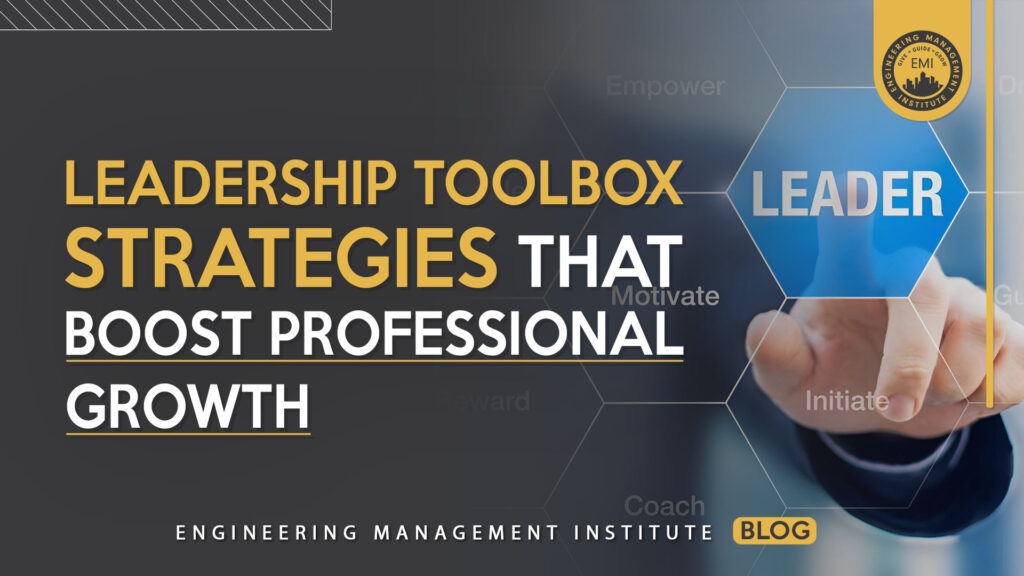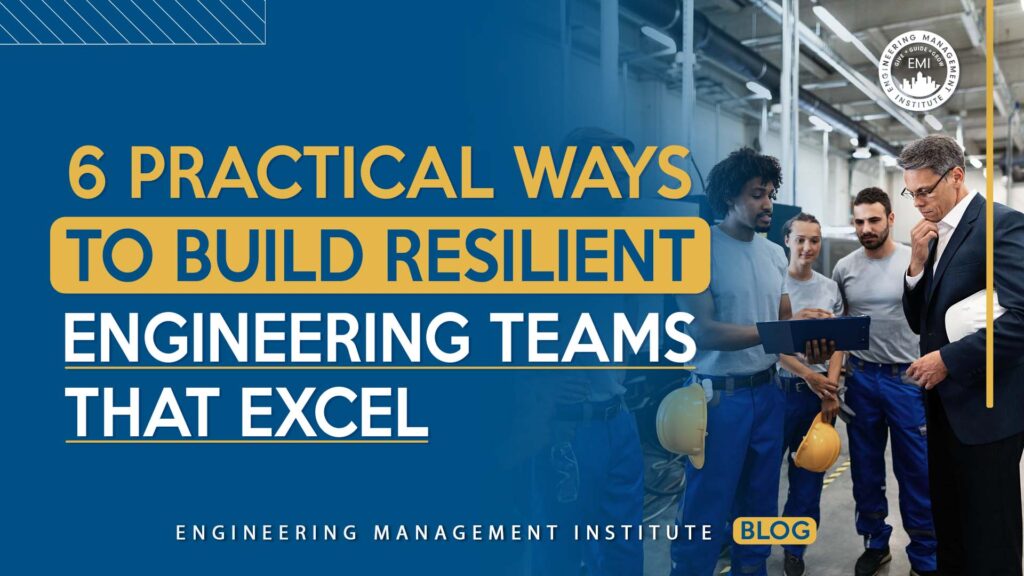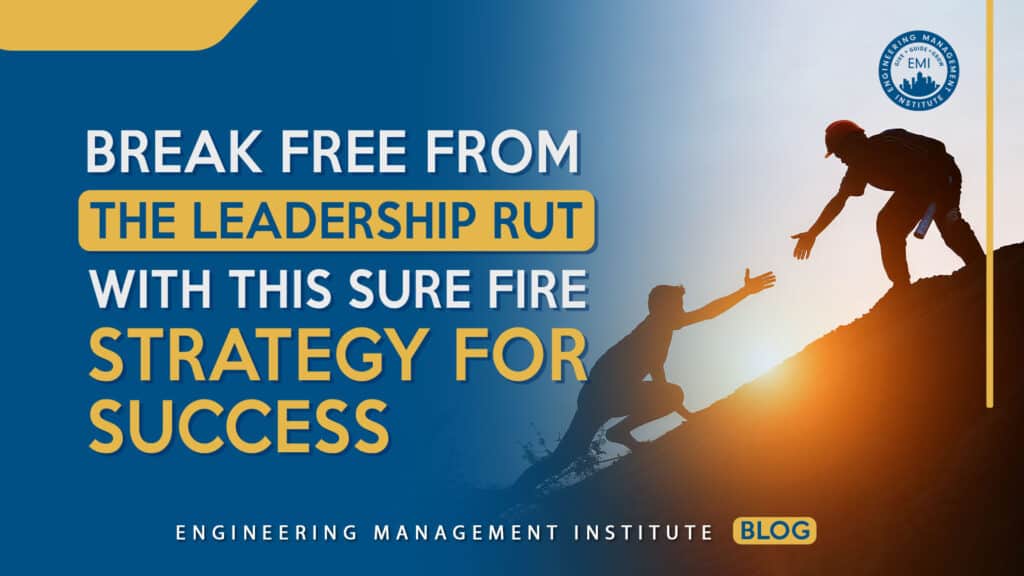Leadership Toolbox Strategies That Boost Professional Growth

Whether you’re a novice or a seasoned pro, here are some tactics to build upon your leadership skills to help set you apart from the rest and support your professional growth. Show Up as the Leader You Should Have Sometimes your leadership can show up as less than stellar. You can ruminate and complain all […]
6 Practical Ways to Build Resilient Engineering Teams That Excel

Building a resilient engineering team doesn’t mean you need to shield your developers from every challenge. On the contrary, you need to equip them to adapt, recover, and thrive amid constant change. Today, resilience is crucial. According to a 2024 survey, 65% of engineering managers reported experiencing burnout in the previous 12 months. So, there […]
2025 Engineering Project Management Trends: Adapting to Change and Driving Success

“If you don’t like something, change it. If you can’t change it, change your attitude.” – Maya Angelou As engineers, it is vital to stay attuned to the evolving landscape of project management in 2025. Three key insights are shaping our approach: the increasing adoption of agile methodologies, the importance of data-driven decision-making, and the […]
The Future of Maintenance Management: Trends and Predictions

Technology is changing the way asset and maintenance management works. In the past, maintenance mostly meant fixing things after they broke. Now, industries are moving toward a smarter approach that focuses on preventing problems before they happen. New technologies are making it possible to track equipment performance, predict failures, and make better decisions using real-time […]
Break Free from the Leadership Rut with This Sure Fire Strategy for Success

How to break free from the leadership rut and reignite your passion: When I first became an Engineering Resource Manager, I thought my main job would be overseeing projects, making sure deadlines were met, budgets were respected, and everything ran smoothly. But I quickly learned that managing resources, a.k.a people, is the real challenge. And […]
Socially Responsible Engineers and the Astonishing Ways They Impact Society

In a corner of the globe where skyscrapers dominate the skyline, a different kind of revolution is brewing—below the radar, but above expectation. It’s the story of how socially responsible engineers, with their technical expertise and deep compassion for people and the planet, put humanity back into the heart of their communities. This narrative doesn’t […]
How These 3 Simple Habits Will Make You a Better Engineering Leader

Leadership is a skill that can be learned and developed. The development process, like almost anything in life, is an iterative process where we must continue to refine and improve day by day. Here are three iterative activities and intentions you can take to make you a better engineering leader, whether or not you have […]
Quick Tips for Goal Setting to Empower Engineering Leaders

“It’s not about being the best. It’s about being better than you were yesterday.” ~ Unknown In the fast-paced world of engineering and technology, effective goal setting is crucial for driving success and fostering leadership. It serves as a roadmap, guiding individuals and teams toward their aspirations while promoting accountability and collaboration. By establishing clear […]
Unlocking Leadership Through Communication: Why It’s Time to Rethink Your Approach

When I work with leadership teams doing professional development in communication, I often get asked, “Why do I have to change how I communicate?” I think that question really means something like, “I have been successful this far in my career. If it ain’t broke, why fix it?” Regardless of your step on the organization’s […]
How to Encourage Tech Adoption in Engineering Teams

We all understand that technology has the potential to change our industry in a positive manner. However, adoption remains perhaps the most significant challenge in seeing results that tech has promised to provide. In Episode 053 of the AEC Engineering and Technology Podcast, I had the pleasure of speaking with Bhragan Paramanantham, a professional engineer […]






